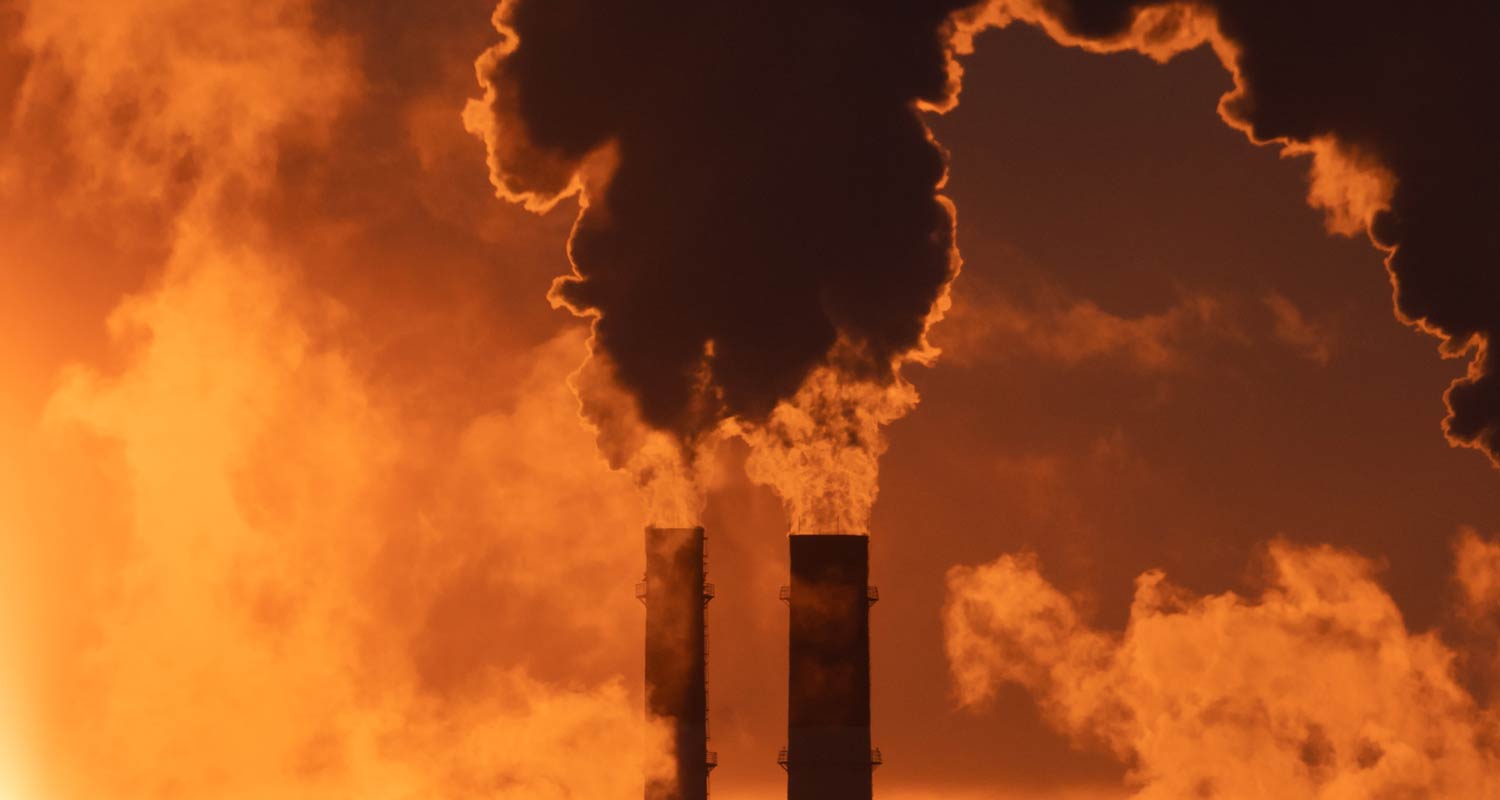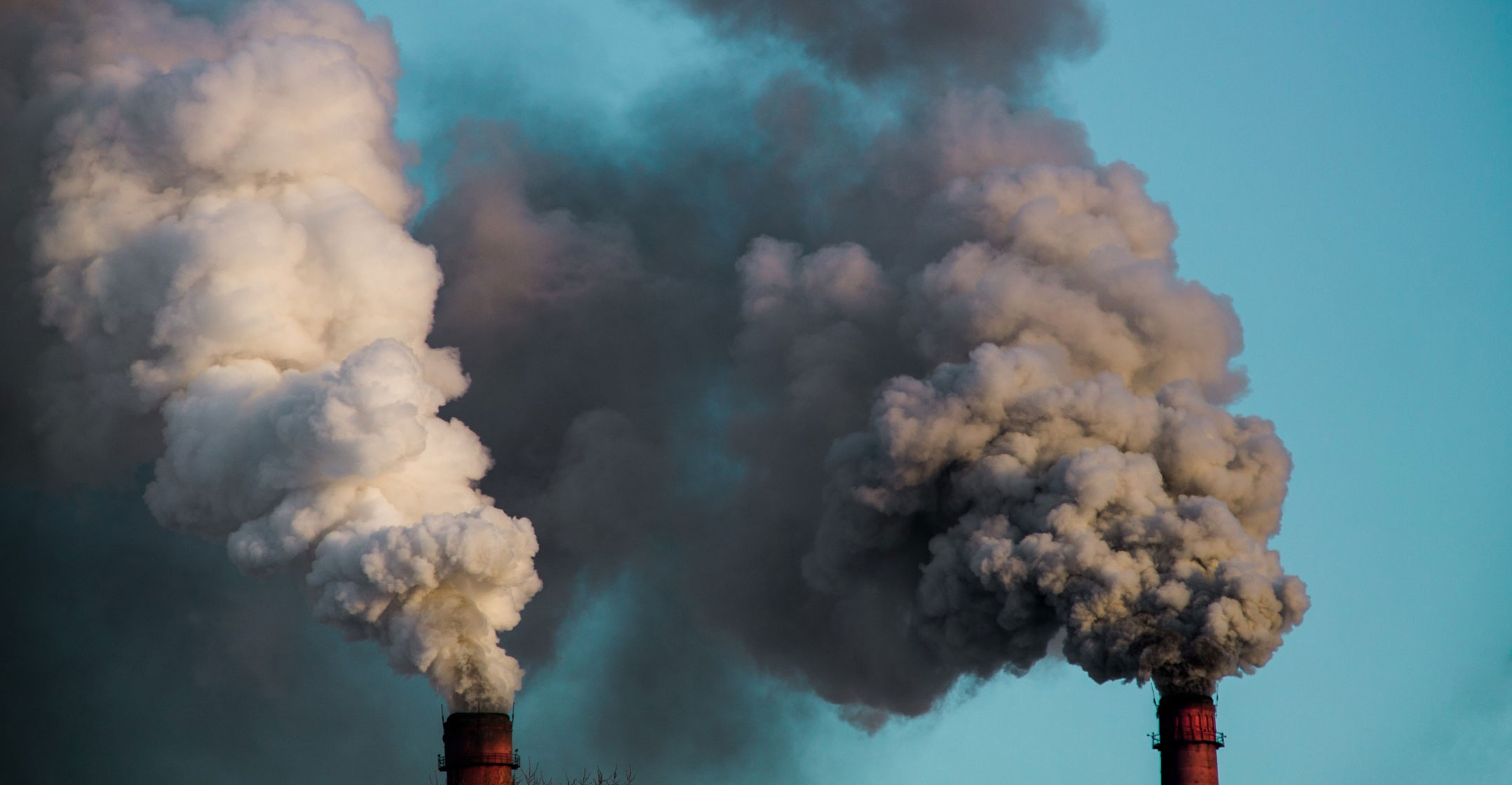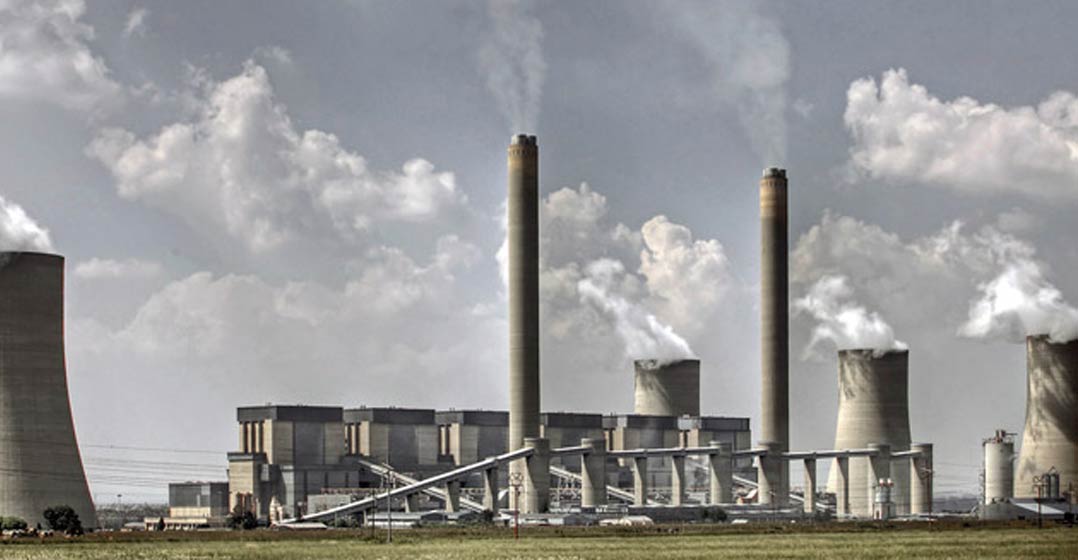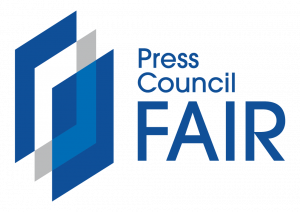 Just 50km from Johannesburg, in the Vaal Triangle, 1.7 million people are living in a crossfire of some of the most dangerous pollution on Earth.
Just 50km from Johannesburg, in the Vaal Triangle, 1.7 million people are living in a crossfire of some of the most dangerous pollution on Earth.
From the highway into Vanderbijlpark, you can see the heavy veil of smoke that cloaks Africa’s biggest steel mill. To the south-east, near Vereeniging, the Lethabo coal power plant, whose name means “happiness”, joylessly belches out ash and toxic sulphur dioxide. Further south, outside a petrochemicals plant in Sasolburg, an adjacent neighbourhood regularly reeks of rotten eggs from hydrogen sulphide in the air.
The plants offer steady work for residents at a time when one in three South Africans is unemployed, yet they’re also pumping out harmful emissions at levels so high that Vereeniging is by some measures the most polluted city in the world. The toxins are causing hundreds of premature deaths every year across the Vaal Triangle, and respiratory disease for many of those still breathing. The situation is a stark reminder of the toll the world’s dependency on steel, oil and coal is having on human health – and the difficulty a green transition faces if it costs the livelihood of the workers who depend on old economy jobs.
Vereeniging is relatively unknown outside of South Africa, but the country owes much of its status as the most industrialised nation on the continent to it. It was the site of the country’s first coal discovery in 1878, which helped magnates Sammy Marks and Hendrik van der Bijl establish one of South Africa’s most concentrated industrial areas. At the town’s Vaal Teknorama museum, the last lump of coal extracted from the Cornelia mine sits on a desk. A 1923 painting shows a happy image of the local Vaal River, with leisure boats sailing down a watercourse lined with steel mills and power plants.
Coal “has ensured industrialisation and economic growth in the area”, a plaque proclaims.
Today, it has a darker claim to fame. Vereeniging regularly registers the highest concentration of microscopic emissions known as PM2.5, according to an analysis of data from nonprofit OpenAQ, which runs an open-source network of over 4 000 sensors monitoring particulate pollution worldwide. The often-invisible particulates travel deep into the lungs, which can lead to cancers and cardiac problems.
Toxins
In the Vaal Triangle, many of them are emitted from industrial plants, which means they often include heavy metals and other toxins that are far more harmful than ordinary dust, according to Ranajit Sahu, an air quality consultant who has worked extensively on South African pollution.
The problem has been on the South African government’s radar for decades. In the mid-2000s, it designated the region as the Vaal Triangle Airshed Priority Area, the first zone in which it would make a concerted effort to lower air pollution. Since then, the air quality has hardly improved as companies have applied for, and received, exemptions to emission limits and dysfunctional municipalities have stopped collecting waste, forcing residents to burn it. Traffic on the highways crisscrossing the region only adds to the pollution.
Read: South Africa to probe deaths caused by Eskom pollution
Power utility Eskom and petrochemicals company Sasol have repeatedly said they can’t afford or don’t have the space to install the equipment required by law to reduce sulphur dioxide pollution. ArcelorMittal has, in the past, threatened to shut down the formerly state-owned steel mill. It has also repeatedly urged the government to consider the impact of tighter and more expensive pollution standards on its operations in a country with one of the world’s highest joblessness rates.
This resistance may soon prove futile. The environment ministry, under new leadership, has signalled that it expects the companies to comply with tougher pollution limits set to come into effect in 2025. ArcelorMittal and the government have also been sued by activists who previously won a ruling that the state was breaching the constitutional right to clean air in nearby Mpumalanga.
 Possibly no settlement in the area has had to make a bigger sacrifice for South Africa’s economic gains than the township of Sharpeville, close to Eskom’s Lethabo power plant.
Possibly no settlement in the area has had to make a bigger sacrifice for South Africa’s economic gains than the township of Sharpeville, close to Eskom’s Lethabo power plant.
The facility burns low-quality coal, meaning more pollution is produced per unit of energy generated. A 2017 study by a leading expert on air pollution attributed 204 premature deaths a year to the Lethabo plant. The study, conducted by UK-based consultant Mike Holland, was one of the first to detail the scale of power plant pollution in South Africa. It has since been challenged by Eskom, which nevertheless said its own research has found that it kills about 330 people annually across all of its plants.
A separate study by Sahu, who is based in California, showed that Lethabo exceeded emission limits for particulate matter, sulphur dioxide and nitrogen oxides 620 times between April 2016 and December 2017, more than any of the 14 other coal-fired plants Eskom ran at the time.
Portia Mofokeng, 35, is one of the residents that live within breathing distance of Lethabo. She developed asthma in 2013 and blames her condition and regular visits to the hospital on industrial pollution. Mofokeng can see the cooling towers of the plant from her corrugated steel shack in Mooidraai, a field that once belonged to a local farm.
“The doctor told me if I want to get healed, I must move from here, go to maybe where there’s no pollution,” she said, sitting on a cloth-covered chair clutching two inhalers. She often has to buy the medication herself out of a R350 monthly social grant. “I have nowhere to go.”
When she applied for work as a safety warden at Lethabo, she was told her condition precluded her from getting the job. The industries that make her ill are seen by her community as the only sure source of jobs in the region.
That, she says, means there’s little community opposition to the pollution because “their brothers, their cousins work there. So what’s going to happen?” she said.
‘I can’t breathe’
Nearby in Zamdela, the impoverished township that abuts Sasol’s Sigma colliery and its Sasolburg petrochemicals plant, your hand comes away black with coal dust if you run it down the staircase railings of a largely abandoned block of apartments. The company says it monitors dust at its “fence line”.
In a small brick house, Kido Mafisi, who’s lived in Zamdela since the late 1970s, displays her medication and said she often awakens to find black and grey dust on her window ledges. “I can’t breathe,” she said. “I have asthma, bronchitis and skin rashes.”
South Africa’s environment department argues that progress has been made on air quality in the Vaal Triangle, noting big emitters such as Sasol, ArcelorMittal and Eskom have taken some steps to curb their emissions.
Read: Eskom gets pollution exemption in effort to reduce load shedding
ArcelorMittal said it has slashed particulate emissions by 87% since 2007 by suppressing dust and replacing old coal-burning equipment, while reducing other pollutants. Sasol said it has cut particulate emissions by 75% since 2000 largely by installing electrostatic precipitators — devices that attract dust to electrically charged plates. Particulate emissions from all of Eskom’s plants, by contrast, are at a 31-year high. The pollution is exacerbated by the fact that sulphur dioxide, emitted as a gas, often oxidises with water vapour to form sulphuric acid particles.
Sasol said it runs an offsets programme that mitigates against its emissions of particulate matter by removing communal waste that would have otherwise been burnt. Eskom is considering a similar programme.

Still, there’s little evidence of waste collection. Across the road from Sasol’s plant, pigs and goats pick through rubbish dumped on the open ground adjacent to rows of small government-built brick houses and tin shacks. Bernard Mafata, a waste collector who drags a trolley between the informal dumps and recycling centres, says residents regularly burn refuse as it’s no longer cleared by the municipality.
Sasol said its offsets projects equate to preventing the emission of 40 metric tons of particulate emissions annually, or 0.5% of its annual production of the pollutants from all of its plants. It stressed that the programme is not designed to result in “like-for-like” mitigation.
In an area of the world as polluted as the Vaal Triangle, it can be difficult to see any positive changes on the horizon. But there are some faint signals.
Beyond the government’s new emissions limits next year, there’s growing international pressure for companies across South Africa to clean up their operations. Some of the world’s richest nations are funding a US$9.3-billion plan to help South Africa transition away from coal. The Lethabo plant, which is due to start closing down in 2036, may follow the path of older Eskom facilities that are slated for conversion to renewable energy and other activities through the incentive programme.
Sasol is also operating a pilot green hydrogen facility in Sasolburg, a fact that it advertises on a billboard in the city.
If these developments succeed, they’ll aid the battle against the long-term threat of climate change. Yet they won’t help the people who are inhaling coal’s nasty legacy now.
For residents within the mess left by South Africa’s industrial giants, patience is running thin. “We’d like to get compensation. They must pay for us,” Mofokeng said. “They are causing the problem.” — Reported with assistance from Eric Roston and Brian Kahn, (c) 2024 Bloomberg LP

